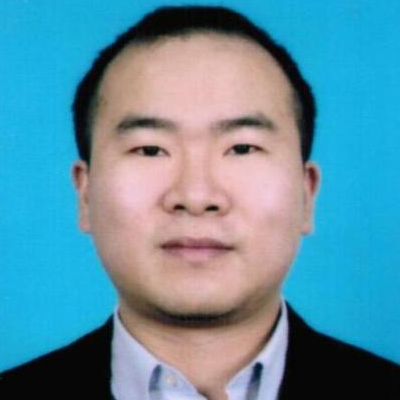Textile Materials and Textile Design
A special issue of Polymers (ISSN 2073-4360). This special issue belongs to the section "Polymer Fibers".
Deadline for manuscript submissions: closed (5 February 2024) | Viewed by 10473
Special Issue Editors
Interests: textile material and textiles design; smart textiles; natural fiber; nanocelulose fiber; spinning and weaving
Interests: 3D textile composites; 3D textile design; braided composites; impact deformation and failure; interface control; carbon nanotubes; electromagnetic shielding and absorption; vibration analysis; mechanical property
Special Issues, Collections and Topics in MDPI journals
Interests: tubular textile composites; pipeline rehabilitation; new textile technology; natural fiber; cigarette filter; textile material and textiles design; spinning and weaving; mechanical property; composite material
Interests: nanofibers; UHMWPE fibers; electrospinning; gel spinning; 3D printing; polymer composites; water treatment; biomaterials; energy storage materials
Special Issues, Collections and Topics in MDPI journals
Special Issue Information
Dear Colleagues,
Textile materials are so amazing and of immense importance for their various applications in all aspects of our life coupling with textiles design, structure, properties, testing etc. Nowadays, a wide range of textile materials and textiles play an important role in the global economy. In addition to their long-term use in traditional textiles and garment industries, they have been highly developed and extensively used in sports, medical, construction, transportation, aerospace, nano, smart, and electronic strategic fields, among others.
This Special Issue, titled Textile Materials and Textile Design, is dedicated to publishing papers that report significant original research results on fundamental, theoretical, and applied scientific knowledge on the materials, design, manufacture, testing, and characterization related to textile fibres, textile fibrous assemblies, and textiles.
This Special Issue invites contributions to focus on all aspects of textile material and textiles design ranging from basic aspects of the science of textile materials to practical application of such materials, including textile materials modification, structure and properties research of textile materials, nanostructured textile materials, functional textile materials, novel textile materials, textile structure composites, textiles structure and design, testing methods and instruments of textile materials, simulations and modelling in textile materials and textiles, etc. Additionally, we also welcome interdisciplinary outstanding and innovative achievements applied to textile discipline.
The above list is only indicative and by no means exhaustive; any original theoretical or simulation work or review article on the design applications of textile materials and textiles is welcome.
Dr. Meiling Zhang
Dr. Xiaoyuan Pei
Dr. Shujie Zhang
Dr. Wei Zhang
Guest Editors
Manuscript Submission Information
Manuscripts should be submitted online at www.mdpi.com by registering and logging in to this website. Once you are registered, click here to go to the submission form. Manuscripts can be submitted until the deadline. All submissions that pass pre-check are peer-reviewed. Accepted papers will be published continuously in the journal (as soon as accepted) and will be listed together on the special issue website. Research articles, review articles as well as short communications are invited. For planned papers, a title and short abstract (about 100 words) can be sent to the Editorial Office for announcement on this website.
Submitted manuscripts should not have been published previously, nor be under consideration for publication elsewhere (except conference proceedings papers). All manuscripts are thoroughly refereed through a single-blind peer-review process. A guide for authors and other relevant information for submission of manuscripts is available on the Instructions for Authors page. Polymers is an international peer-reviewed open access semimonthly journal published by MDPI.
Please visit the Instructions for Authors page before submitting a manuscript. The Article Processing Charge (APC) for publication in this open access journal is 2700 CHF (Swiss Francs). Submitted papers should be well formatted and use good English. Authors may use MDPI's English editing service prior to publication or during author revisions.
Keywords
- textile materials modification
- structure and properties research of textile materials
- nanostructured textile materials,
- functional textile materials
- novel textile materials
- textile structure composites
- textiles structure and design
- testing methods and instruments of textile material
- simulations and modelling in textile materials and textiles
- the interdisciplinary outstanding and innovative achievements









